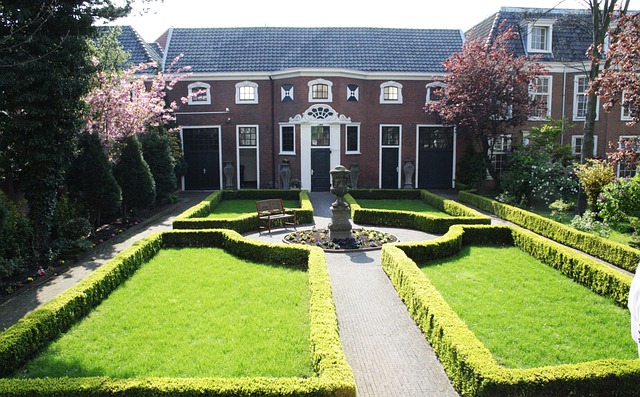
When establishing a fresh, verdant lawn, new sod installation presents an efficient and visually rewarding solution for homeowners and property managers alike. Sod—or turf—is essentially pre-grown grass that is harvested with a thin soil layer attached to its roots, rolled up in sections, and ready for immediate installation over prepared soil. This process eliminates the prolonged and often uncertain period of germination and growth associated with seeding, offering an instantly lush lawn that rapidly stabilizes soil and reduces the potential for erosion. Integrating new sod requires careful planning and preparation, including soil testing, proper grading, and optimal timing to ensure the sod takes root quickly and flourishes. Ideal for both residential gardens and commercial landscapes, sod installation, when properly executed, not only enhances aesthetic appeal and increases property value but also provides a sustainable, resilient green space conducive to outdoor activities and environmental balance.
New SOD Lawn Installation
A lush, green lawn is the pride and joy of many homeowners, and one of the fastest ways to achieve this is through new sod lawn installation. Sod, which is essentially mature turf grass that has been harvested into rolls or squares, provides instant coverage and an immediate aesthetic upgrade to any property. Unlike seeding, which requires weeks or even months to establish a full lawn, sod installation can transform bare earth into a flourishing, vibrant landscape practically overnight. The process, while relatively straightforward, demands careful preparation and attention to detail to ensure the sod takes root properly and thrives.
One of the most important steps in new sod lawn installation is preparing the soil. Before laying sod, it’s crucial to test the soil to ensure it has the appropriate pH level and nutrient balance, which facilitates healthy grass growth. Typically, the soil should be tilled to a depth of at least four inches, removing rocks, old roots, and debris while breaking up compacted earth. Incorporating organic matter, such as compost, can enhance soil structure and fertility. Leveling the ground and ensuring proper drainage are also essential to prevent water pooling, which can damage the sod. A well-prepared soil base not only aids in the root establishment but also contributes to the longevity and vitality of the lawn.
After the soil is prepared, laying the sod is a task that requires precision and speed. The sod rolls should be installed the same day they are delivered to prevent the grass from drying out. Beginning from the edges of the area, sod pieces should be laid in a staggered pattern, similar to a brick wall, to avoid visible seams. It is important to butt the edges tightly together without overlapping, which can cause uneven growth. Watering is another critical component; the new sod should be watered thoroughly within 30 minutes of installation to help it settle and to encourage root growth. Regular watering is required in the first few weeks to establish the roots, transitioning to a normal watering schedule as the grass shows signs of being well-rooted, such as resistance to being pulled up.
Caring for a newly sodded lawn involves a balance of proper mowing, fertilization, and irrigation. The first mowing should be conducted once the grass reaches a height of about 3 inches and the roots have firmly established themselves in the soil. Using a sharp mower blade is vital to avoid tearing the grass, creating a clean-cut look and promoting healthy growth. Fertilization should be approached with caution; using a fertilizer specifically meant for new sod can help ensure the lawn receives the essential nutrients needed to flourish without burning the grass. Between mowing, watering, and fertilization, diligent maintenance can transform a newly sodded lawn into a beautiful, enduring centerpiece for outdoor activities, enhancing curb appeal and potentially increasing property value.